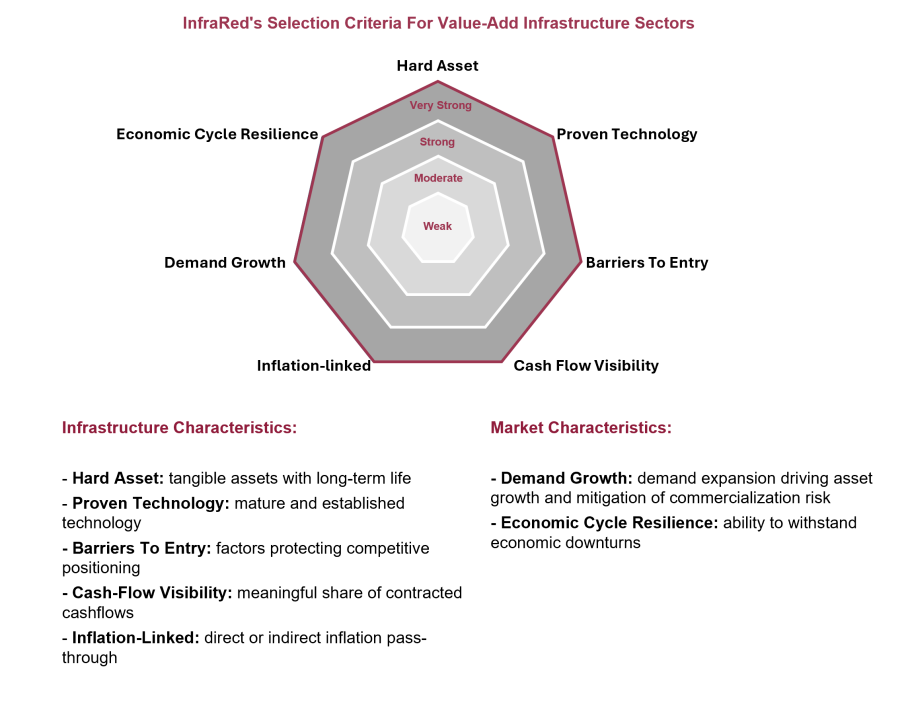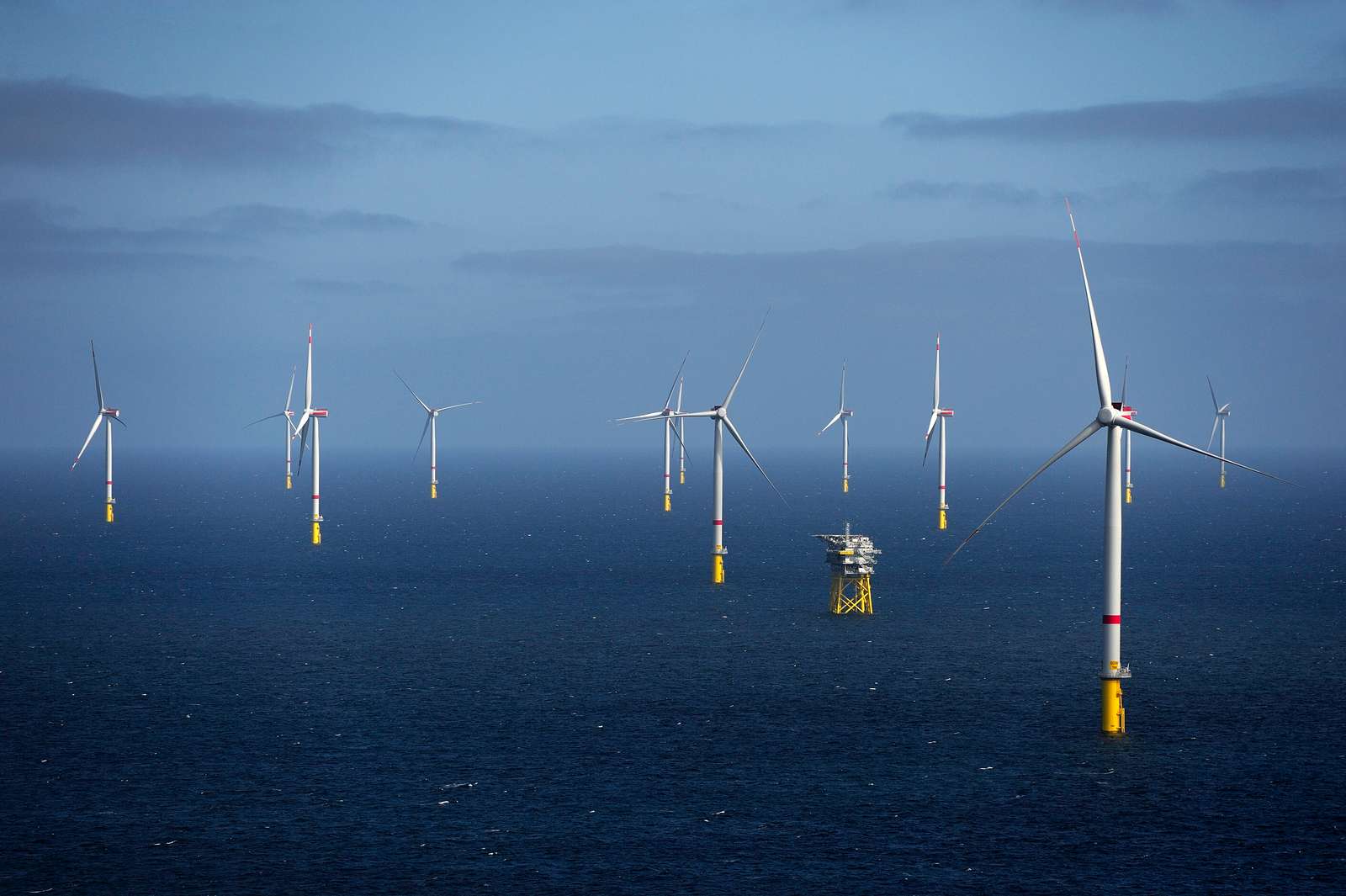Fitch notes that newer infrastructure sectors – think data centres, smart meters or battery storage – can “share characteristics of essentiality, long-term stable cash flow generation and higher barriers to entry” just like traditional infrastructure sectors, such as utilities. However, Fitch sets out clear criteria to determine whether a transaction can be rated as infrastructure or project finance.
The report provides important guidance to infrastructure investors at a crucial time, as the transaction flow in developing infrastructure sectors is expanding, both from a private infrastructure equity and private debt perspective. With many investors focusing on generating higher returns, and the pipeline of potential investment opportunities having broadened substantially, clear criteria can help navigate the market and identify sectors that will continue to be considered and financed as infrastructure in the long-term.
At InfraRed, infrastructure investment selection criteria have been well aligned with the factors identified by Fitch across our Value-Add and Core [3] strategies for many years. These criteria serve as a tool to screen the market and identify investments with the desired infrastructure characteristics, help identify relative value, and serve as a risk map for asset selection, de-risking and active asset management.

Source: InfraRed Capital Partners, October 2024. Visual representation of InfraRed’s Scoring Criteria, does not represent any systemic output.
Clear sector selection criteria are particularly important for value-add infrastructure strategies focusing on developing and expanding critical infrastructure in growing infrastructure sectors. For value-add, InfraRed focuses on identifying hard assets in sectors underpinned by proven technologies. Investing in value-add assets with strong infrastructure characteristics can help protect the downside, and acts as a guidance for asset growth and de-risking, such as by improving competitive positioning or increasing long-term cash flow visibility.
Investing in sectors underpinned by secular tailwinds is essential for growth capital strategies, where the focus is on creating alpha by expanding assets as the underlying demand continues to drive earnings’ growth potential. Assets underpinned by resilient infrastructure characteristics and growth visibility can attract cheaper financing and lower cost of capital, contributing to long-term value creation at exit.
To sign up for our insights series, or to speak to a member of the team, please fill out the form here.

Gianluca Minella
Head of Research
References:
[1] https://www.fitchratings.com/research/infrastructure-project-finance/rating-alternative-infrastructure-07-10-2024
[2] Fitch Ratings, “Rating Alternative Infrastructure, October 2024
[3] Factors considered by InfraRed for Core investments include also cash flow quality, such as stable revenues and lower operational complexity; market positioning, including defensive and stable barriers to entry; and criticality of assets providing essential services
This document is issued by InfraRed Capital Partners Limited (“InfraRed”). InfraRed is authorised and regulated by the Financial Conduct Authority (“FCA”) with firm reference number 195766. This document is for information and convenient reference, and does not constitute an offer or solicitation for, or advice that you should enter into, the purchase or sale of any security or other investment product or investment agreement, or any other contract agreement or structure whatsoever.



